DEEP MAPS AND SPATIAL NARRATIVES

Geographies of the Holocaust
Edited by Anne Kelly Knowles, Tim Cole, and Alberto Giordano
Locating the Moving Image: New Approaches to Film and Place
Edited by Julia Hallam and Les Roberts
The Spatial Humanities: GIS and the Future of Humanities Scholarship
Edited by David J. Bodenhamer, John Corrigan, and Trevor M. Harris
Toward Spatial Humanities: Historical GIS and Spatial History
Edited by Ian N. Gregory and Alistair Geddes
Troubled Geographies: A Spatial History of Religion and Society in Ireland
Ian N. Gregory, Niall A. Cunningham, C. D. Lloyd,
Ian G. Shuttleworth, and Paul S. Ell
DEEP MAPS
and
SPATIAL
NARRATIVES
EDITED BY
DAVID J. BODENHAMER,
JOHN CORRIGAN,
and
TREVOR M. HARRIS

This book is a publication of
INDIANA UNIVERSITY PRESS
Office of Scholarly Publishing
Herman B. Wells Library 350
1320 East 10th Street
Bloomington, Indiana 47405 USA
iupress.indiana.edu
Telephone 800-842-6796
Fax 812-855-7931
2015 by Indiana University Press
All rights reserved
No part of this book may be reproduced or utilized in any form or by any means, electronic or mechanical, including photocopying and recording, or by any information storage and retrieval system, without permission in writing from the publisher. The Association of American University Presses Resolution on Permissions constitutes the only exception to this prohibition.
 The paper used in this publication meets the minimum requirements of the American National Standard for Information SciencesPermanence of Paper for Printed Library Materials, ANSI Z39.481992.
The paper used in this publication meets the minimum requirements of the American National Standard for Information SciencesPermanence of Paper for Printed Library Materials, ANSI Z39.481992.
Manufactured in the United States of America
Cataloging information is available from the Library of Congress.
ISBN 978-0-253-01555-6 (cloth)
ISBN 978-0-253-01560-0 (paperback)
ISBN 978-0-253-01567-9 (ebook)
1 2 3 4 5 20 19 18 17 16 15
CONTENTS
/ David J. Bodenhamer
/ Trevor M. Harris
/ John Corrigan
/ Philip J. Ethington and Nobuko Toyosawa
/ Stuart C. Aitken
/ Barney Warf
/ Ian Gregory, David Cooper, Andrew Hardie, and Paul Rayson
/ May Yuan, John McIntosh, and Grant DeLozier
/ Worthy Martin
ACKNOWLEDGMENTS
The editors gratefully acknowledge the support of the National Endowment for the Humanities and the Indiana UniversityPurdue University Indianapolis Arts and Humanities Institute in the preparation of this work. Any views, findings, conclusions, or recommendations expressed in this publication do not necessarily reflect those of the National Endowment for the Humanities or the Indiana UniversityPurdue University Indianapolis Arts and Humanities Institute.
We thank Robert Sloan for his support and collaboration, Michelle Sybert for her expert management of production, and Charlie McGrary for his great work on the index. We are especially grateful for the careful reading and excellent suggestions made by the two readers enlisted by IU Press.
DEEP MAPS AND SPATIAL NARRATIVES

INTRODUCTION
Deep Maps and the Spatial Humanities
The word deep has become academic kudzu, a wildly proliferating adjective that attaches itself onto everyday concepts and often makes them impenetrable to average readers. Consider the following examples:
Deep learning: a subfield of machine learning that is based on learning several levels of representations, corresponding to a hierarchy of features or factors or concepts, where higher-level concepts are defined from lower-level ones, and the same lower-level concepts can help to define many higher-level concepts.
Deep processing: memory-formation involving elaboration rehearsal which involves a more meaningful analysis (e.g., images, thinking, associations) of information and leads to better recall.
Deep structure: a theoretical construct in linguistics that seeks to unify several related structures.
Deep mapping adds to this list, not from any desire to make obscure what seems plain but rather because it is the essential next step for humanists who are eager to take full advantage of the spatial turn that already has begun to shape our disciplines.
Humanities scholars are becoming increasingly aware of the importance of geographic information. We can point to a number of causes for this developmentthe emergence and rapid maturation of geographic information systems (GIS) as a core technology, the convergence of web and mobile technologies that moved spatial data and its manipulation beyond the realm of specialist tools, and the explosive growth of a global economy with its demand for location-based information. We also have discovered that spatially oriented software, represented by GIS, facilitates the integration of data that is so essential to our paradigmatic shift toward interdisciplinary research. We have been reminded as well of the power of the map to display information cartographically in a manner that provides fresh perspective and new insights into the study of culture and society. For all these reasons and more, we stand at the threshold of what promises to be a new age of discovery in the humanities.
The spatial humanities are being profoundly influenced by these developments. At first glance, this argument may seem odd. It runs counter to recent critiques that GIS rests on a positivist epistemology and demands a precision in data and methods much more suited to the social sciences than to the humanities. GIS also has difficulty handling time, the sine qua non for most humanities disciplines. But increasingly spatial technologies are being used in tandem with web applications in ways that make them eminently suitable for humanities scholarship, and it is this combination that promises a revolution in the ways we think about the past.
Humanists view the world as extremely complex, with endless connections among events and actors and multiple causes for effects that exert continuing influence on the world of thought and behavior. This sense of weblike interrelatedness plays itself out within two dimensionsspace and time. Although the past is always bound by these two elements, humanists often treat them as artificial, malleable constructs. We move freely across these spatial and temporal grids, ignoring issues of scale, as we compare and contrast one place or one time with another in an effort to recapture a sense of the whole, to illuminate differences, and to discover patterns.the interweaving of evidentiary threads and permits the scholar to qualify, highlight, or subdue any thread or set of them. It uses emphasis, nuance, and other literary devices to achieve the complex construction of culture, past and present.
Trying to comprehend space, place, and time in concert has always proven difficult, even in the most expert narratives. Historian Hugh Trevor-Roper noted the problem decades ago: How can one both move and carry along with one the fermenting depths which are also, at every point, influenced by the pressure of events around them? And how can one possibly do this so that the result is readable?
Next page

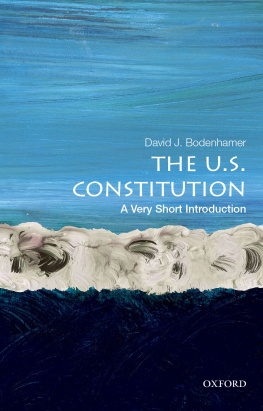
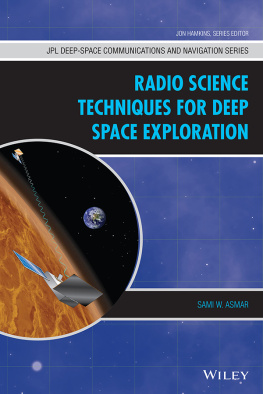

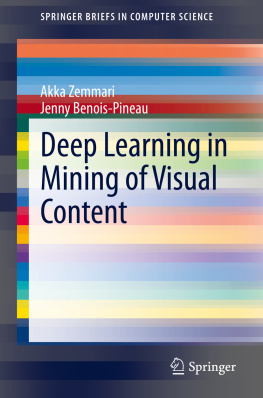
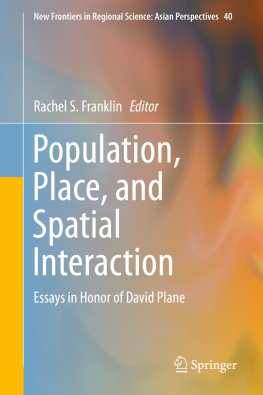


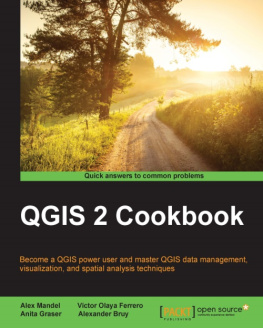


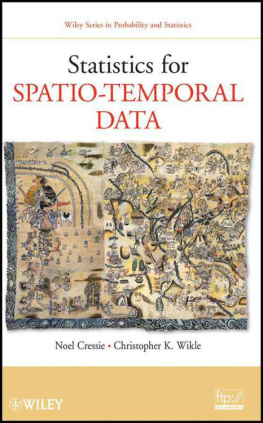


 The paper used in this publication meets the minimum requirements of the American National Standard for Information SciencesPermanence of Paper for Printed Library Materials, ANSI Z39.481992.
The paper used in this publication meets the minimum requirements of the American National Standard for Information SciencesPermanence of Paper for Printed Library Materials, ANSI Z39.481992.